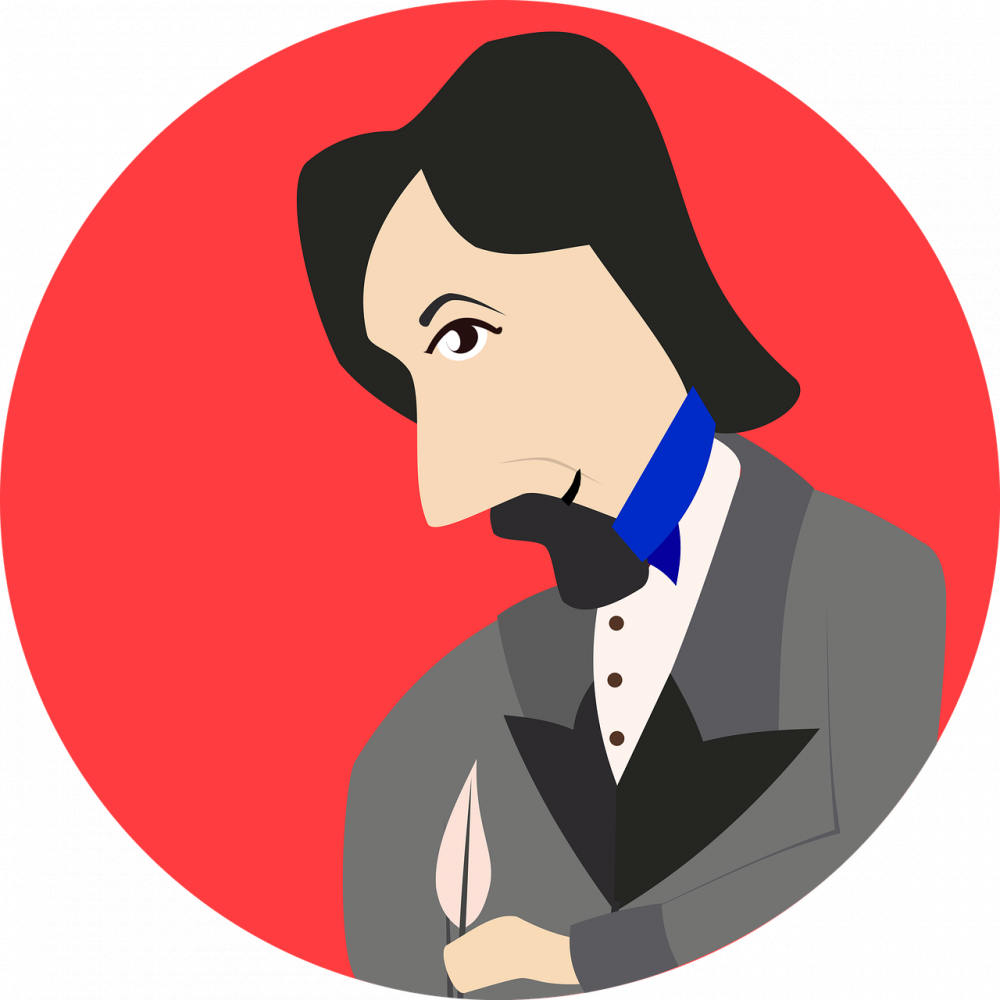Jane Austens Pride and Prejudice is a timeless classic that continues to captivate readers with its witty portrayal of social class, love, and marriage in early 19th-century England

This article provides a comprehensive exploration of the novel, highlighting its significance and evolution throughout history. Whether you are a seasoned Austen fan or a newcomer to her works, this article aims to shed light on the essential aspects of “Pride and Prejudice” that will pique your interest.
Introduction to Jane Austen’s “Pride and Prejudice”:
“Jane Austen’s Pride and Prejudice” was originally published in 1813 and has since become one of the most revered novels in English literature. Set in the small village of Meryton, the story revolves around the Bennet family and their five daughters, particularly the relationship between Elizabeth Bennet and Mr. Darcy. The novel explores themes of social hierarchy, self-discovery, and the importance of overcoming personal biases.
Historical Overview and Evolution:

Since its publication, “Pride and Prejudice” has had a significant impact on both literary and cultural spheres. In the early 19th century, Austen’s novels were considered radical for their focus on domestic life and the experiences of women. However, Austen’s keen observations of human nature and societal norms resonated with readers and continue to do so centuries later.
In the 20th century, “Pride and Prejudice” gained even more recognition as it was adapted into various forms of media, including stage plays, television series, and films. These adaptations introduced Austen’s work to broader audiences and further cemented its status as a literary masterpiece.
Key Points for Understanding “Pride and Prejudice”:
1. Social Class and Its Influence: Austen’s novel provides a nuanced exploration of the rigid social hierarchies prevalent in Regency England. The novel’s characters, such as the snobbish Lady Catherine de Bourgh and the working-class Mr. Collins, represent different facets of the social spectrum and the challenges individuals face when navigating these constraints.
2. Love and Marriage: “Pride and Prejudice” offers a critique of societal expectations surrounding love and marriage, particularly the pressure on women to find suitable partners. Elizabeth Bennet’s journey challenges conventions as she refuses to settle for societal dictates and seeks a loving, equal partnership.
3. Character Development: Austen’s characters are multi-dimensional and undergo significant growth throughout the novel. Elizabeth’s transformation from a prejudiced young woman to someone who acknowledges her own faults and learns to overcome them serves as a central theme in the story.
4. Satire and Humor: Austen’s use of irony and satire adds a layer of wit and entertainment to the novel. Her sharp observations of human follies, particularly in the interactions between characters like Mr. Collins and Mrs. Bennet, offer a comedic relief while shedding light on societal absurdities.
Conclusion:
Jane Austen’s “Pride and Prejudice” remains a beloved work that continues to captivate readers of all generations. Its timeless themes, memorable characters, and exploration of human nature make it a must-read for enthusiasts of literature and those interested in the societal conventions of the past. Whether you choose to delve into the pages of the novel or explore its adaptations, “Pride and Prejudice” is sure to leave a lasting impression.
FAQ
What is the significance of Pride and Prejudice in English literature?
How has Pride and Prejudice evolved over time?
What are the key aspects to understand in Pride and Prejudice?
Flere Nyheder
Erhvervsfotograf: En kunst i forretningslivet
This article provides a comprehensive exploration of the novel, highlighting its significance and evolution throughout history. Whether you are a seasoned Austen fan or a newcomer to her works, this article aims to shed light on the essential aspects...
04 juni 2025
Den moderne fotograf: Færdigheder, teknik og kreativitet
This article provides a comprehensive exploration of the novel, highlighting its significance and evolution throughout history. Whether you are a seasoned Austen fan or a newcomer to her works, this article aims to shed light on the essential aspects...
12 november 2024
Galleri Nordjylland: Et kunstnerisk epicenter i det danske landskab
This article provides a comprehensive exploration of the novel, highlighting its significance and evolution throughout history. Whether you are a seasoned Austen fan or a newcomer to her works, this article aims to shed light on the essential aspects...
10 juni 2024











